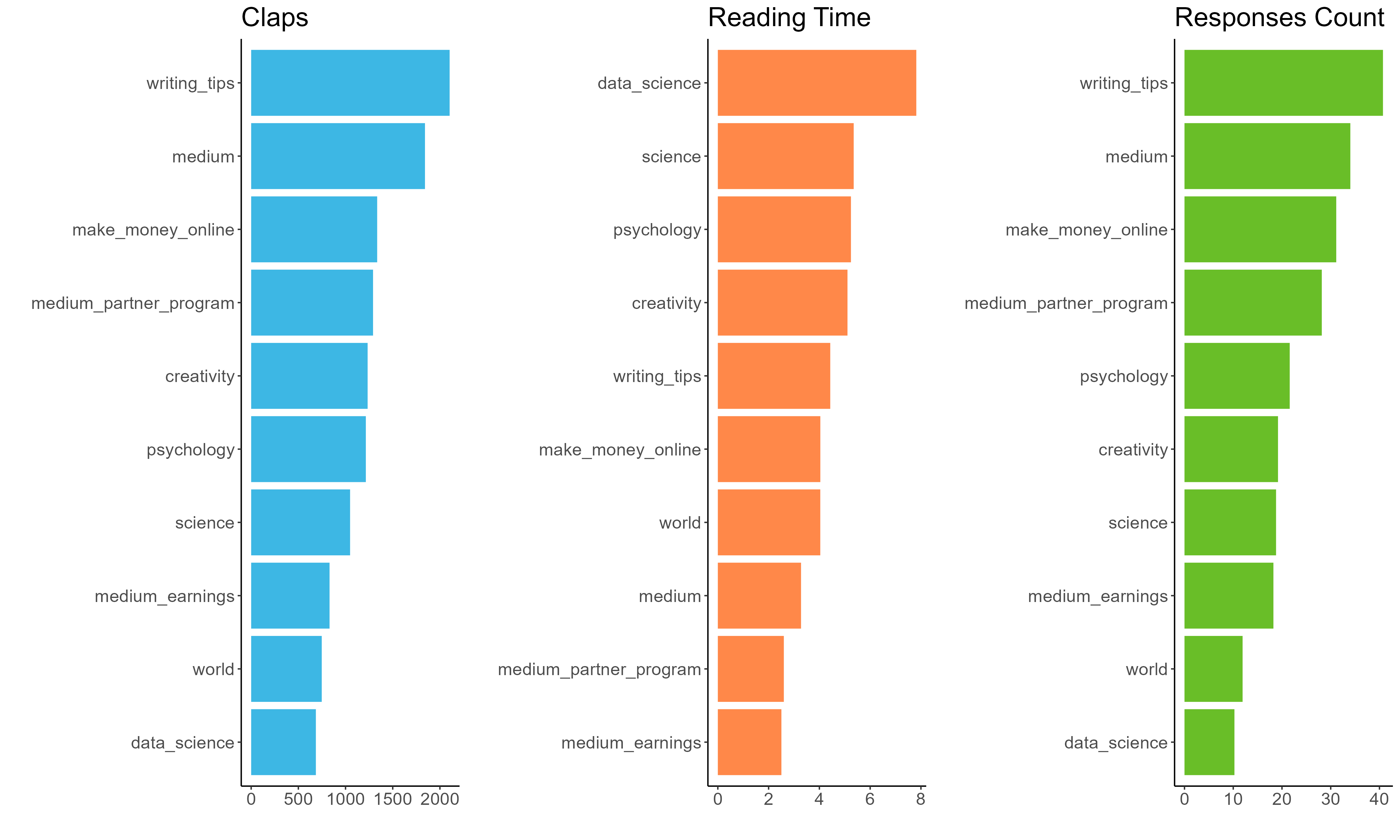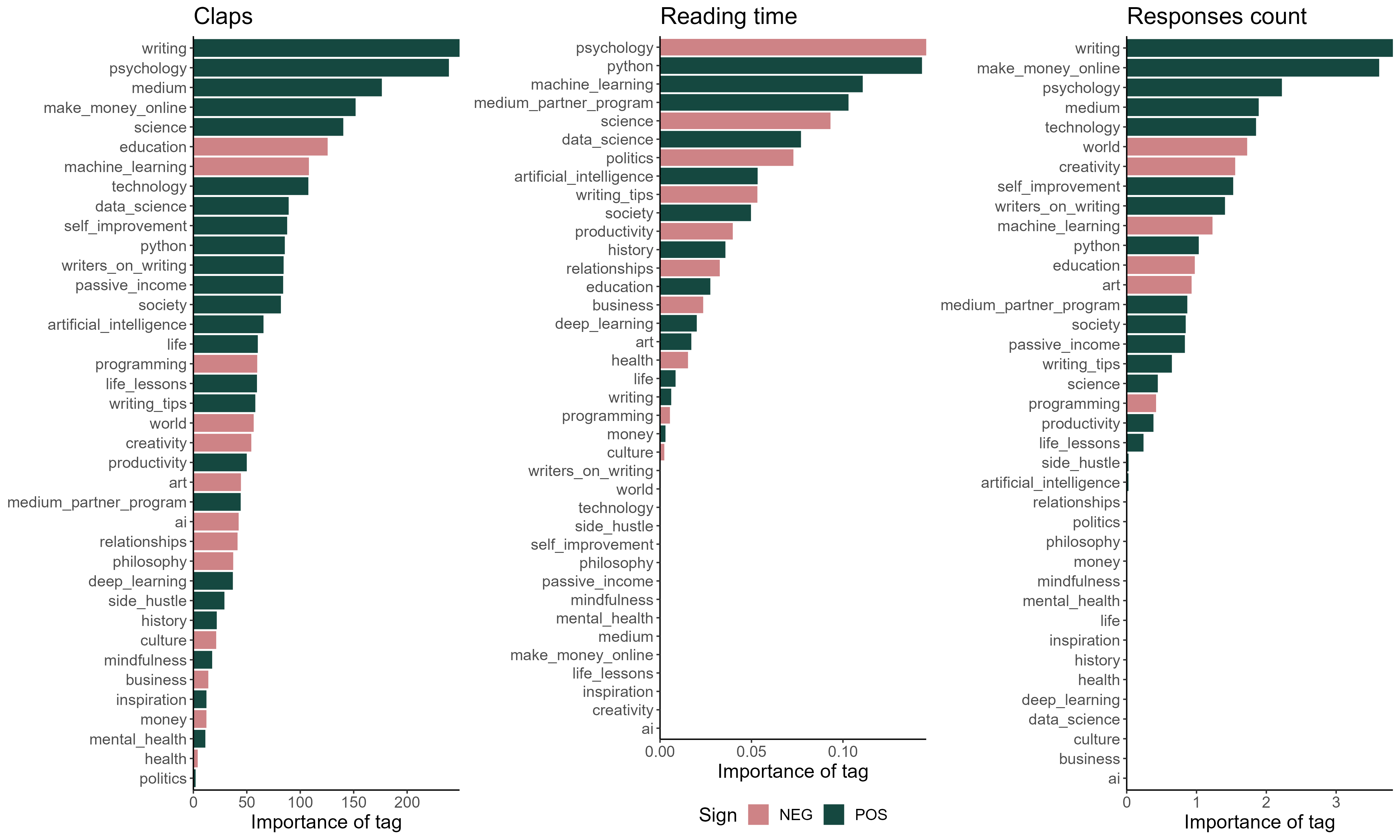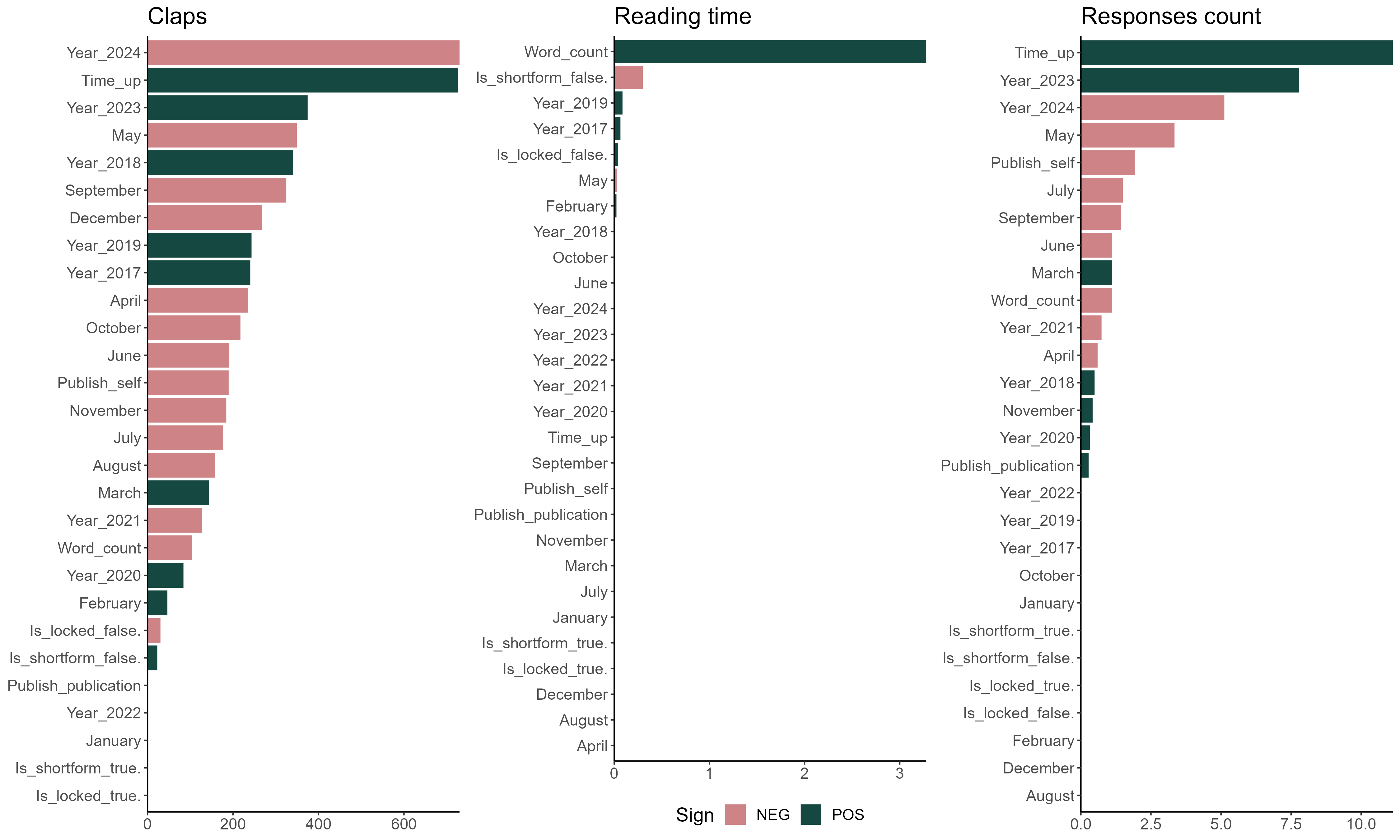Should You Write About Medium on Medium?
If you want to get traction, the data says yes.
As I became more active on Medium, I noticed something funny. The posts that seem to get most traction are the posts that write about how to get readers on Medium. You know, the articles entitled "I Gained 1000 Followers - This Is How" or "How I Tripled my Earnings in Two Months".
Like many others, I am intrigued by such headlines. There's nothing wrong in wanting to be read. Or to earn something on your writing.
But it may seem like these articles are receiving a disproportionate amount of attention, while articles about the world outside Medium are just doing so-so. It's like we're vendors at a market predominantly selling to each other, purchasing large quantities from the vendors that sell books on how to sell stuff. What a bubble!

This article describes the situation really well. As Liu Xing says:
We are all writers, so it is natural for us to want to become more successful and read such articles. That's why they're becoming more and more popular.
The attention they get is concerning. What about the authentic and personal ones? Did you come to Medium to read about Medium?
The comment section agrees. And other articles do too, like this article by Engaged.Social.
But is it true that articles about Medium get more traction? Or does it just seem like it? There's no better way of finding out than doing some data analysis. Therefore, using the Unofficial Medium API, I gathered some data and ran some analyses.
The hypothesis: Articles about Medium get more traction than articles about other things.
Data gathering
I collected information on almost 3000 articles, all of them trending on the recommended feed. To get articles about being read on Medium, I collected articles with tags medium, medium_earnings, medium_partner_program, writing_tips and make_money_online. These I compare to some of the most popular tags on Medium (drawn from this article by Miraç Yazıcı); science, world, psychology, data science and creativity.
This is a non-random sample of Medium articles, so take the results with a pinch of salt.
Just looking at the data descriptively gives some credit to the hypothesis. Articles with the tags writing_tips, medium, make_money_online and medium_partner_program and have more claps and responses per article. It is never the less the articles with the more substantial tags data science, science, psychology and creativity that receive most reading time per article.

Descriptive data can only get us so far. Maybe the articles about Medium were written in a particularly popular month or year? Maybe they are systematically shorter, and therefore more popular? We don't know whether it's the tags that cause traction or something else.
To rule out the possibility that something else may be causing the popularity of Medium articles, I run some models that control for several background-factors such as month, year, length of the article, how long it's been on Medium, whether it's a members-only read, and so on. With this approach, it's easier to see if writing about Medium actually leads to more traction. (Though as a social scientist, I am obliged to say that causality is tricky to get at).
The models show some of the same patterns as above. In the figure below, a dot to the right of zero (positive number) indicates that an article with this tag is more likely to get claps, reading time and/or many responses. But statistics is fraught with uncertainty, and if the line of the dot crosses zero (the vertical dotted line), we can't be sure if the effect of having this tag is truly positive or negative, which means we cannot trust the effect.
So what do the models tell us?

When an article has the tags writing_tips or medium_partner_program, they tend to get more claps and responses. The opposite is true for the tag medium_earnings - having this tag leads to less interaction with the readers.
For tags such as writing_tips and medium_earnings, there seems to be a trade-off between getting claps and responses, and getting read time. One does not necessarily yield the other.
The articles with most traction across the board are the ones tagged medium_partner_program, they get more claps, responses and read time.
Among the articles with more substantial tags, data science and science generally receive fewer claps and responses than the others, while psychology articles get more of it. Articles tagged with psychology or science have shorter read time. While articles about data science are read for longer.

To see what all this means, let's assume a Medium writer called Leya writes up an article. It's March 2024. Leya's article is 1000 words long, not part of a series, and she locks it so only Medium subscribers can read it (paywall). She publishes it in a publication, and the article has now been up for 24 hours. It's in the recommended feed.
Given these conditions, how many claps, responses and read time will Leya's article have given various tags? The table below shows the estimates.

Should you write about Medium to get traction?
Now we've looked at the causal relationships between tags and traction, meaning asking whether one thing leads to another. But the past is the past and the future can be anything.
To see which tags that predict traction, it's better to use a machine learning model. I'm using a Lasso model, and since this can include more variables, I toss in a few more tags that occurred sufficiently often in the data (each article can have five tags after all).
The figure below shows the importance of each tag in predicting traction, and whether they predict more (green) or less (pink) of it.
Now the results start to really align with the hypothesis.
Some of the tags that are best at predicting claps and responses are writing, medium and make_money_online. The more substantial tags such as psychology, technology and science also predict more responses and claps, but the tags education, machine_learning, world and creativity predict less of it.
For read time, articles about psychology and science predict swift readers, while writing about machine_learning, data_science and python yields readers that stay with the article for longer. So does the tag medium_partner_program.

Conclusion
I must admit, I was surprised by these clear findings. It is true that writing about Medium on Medium gives more traction. The answer to the hypothesis is yes.
Articles about Medium do get more traction than articles about other things.
If you want to maximize your claps and responses, you should write about being on Medium, how to write well, and how to earn an income from it. Writing something about the Medium Partner Program is also likely to yield longer read times.
While this doesn't mean that writing about other things does not yield any traction at all, readers seem to be drawn to articles on Medium over articles about substantial topics.
Does this make Medium less authentic, less genuine? Is Medium a bubble that hardly reaches outside its own writer base? Can something be done to make Medium work better for writers of substantial topics? If you have any thoughts or ideas, feel free to drop them in the comments!
PS: I wonder what I'll tag this article 🤔

Some last words
I should note that there are other factors than tags playing into the prediction. For example, unsurprisingly, longer articles have longer read time. Also, the longer your article has been up on Medium, the more likely it is to have lots of claps and responses. Take a look at the figure below if you're curious about the importance of these other variables.

Thanks to Ruxandra Duru for providing this article where I was inspired to choose colors for my graphs!